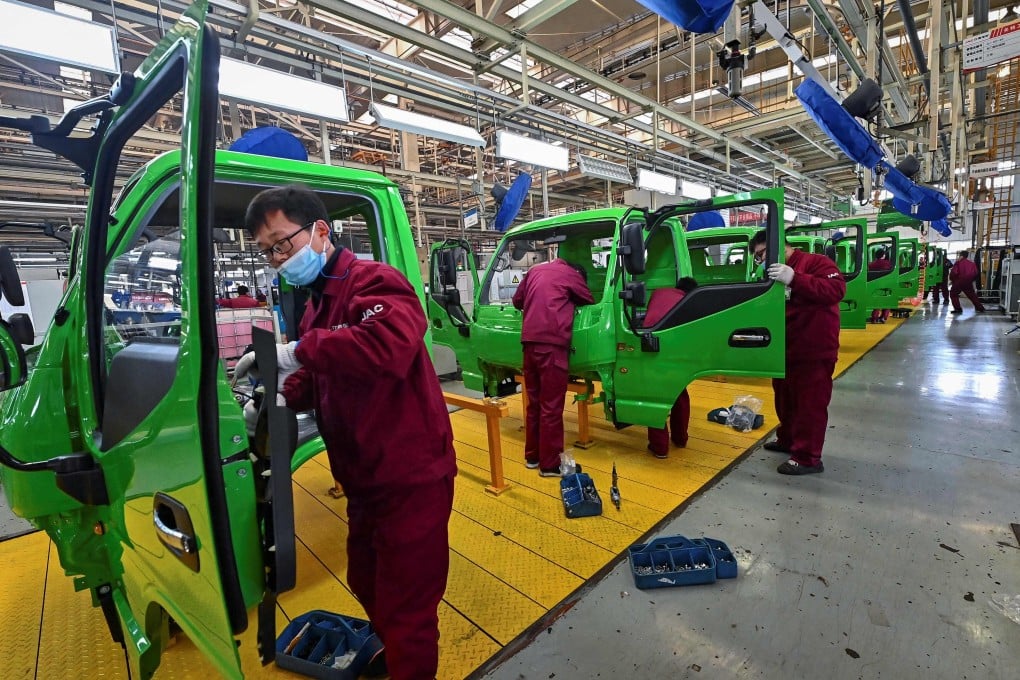Advertisement
Macroscope | China’s economic recovery is going strong, despite a slight hiccup
- The Chinese economy was hit by renewed coronavirus outbreaks before the Lunar New Year, but the effects were uneven and rather short-lived
- There are plenty of reasons to be optimistic about China’s economic outlook. Mobility is returning to levels seen in 2019, and China has started a vaccine drive
Reading Time:3 minutes
Why you can trust SCMP
6

China’s economy started 2021 on an uneven footing. In the first two months, the supply-side recovery continued, with industrial and manufacturing production gaining further steam thanks to strong external demand and less Lunar New Year holiday disruption because of this year’s “stay put” policy.
In contrast, retail sales and investment, outside real estate, were hit by an unusually cold winter and tighter mobility restrictions following a resurgence in Covid-19 cases before the Lunar New Year. The recovery in domestic demand was therefore halted, although the effects appear to have been rather short-lived.
A combination of a subsiding pandemic, accelerated vaccination, a faster recovery of global demand and a slower exit of fiscal stimulus suggests growth in 2021 may be better than we forecast.
Advertisement
Apart from the usual seasonal patterns, interpretation of this year’s economic data has been made more difficult by the economic fallout from Covid-19. Although major activity indicators skyrocketed year on year in January and February, it was really a reflection of the devastating shock from the pandemic last year.
A simple comparison shows that industrial production (up 35 per cent year on year) and retail sales (up 34 per cent year on year) beat market expectations, while investment fell short of forecasts, but still grew by 35 per cent.
One way to remove such distortions is to calculate the two-year compound annual growth rate by comparing data for January-February 2021 with that for the same period in 2019. By this measure, industrial production growth accelerated to 8.1 per cent in early 2021 from 7.3 per cent in December, indicating little impact from the new coronavirus outbreak. In fact, strong export orders and less leave taken by migrant workers have boosted production in recent months.
Advertisement
Select Voice
Choose your listening speed
Get through articles 2x faster
1.25x
250 WPM
Slow
Average
Fast
1.25x
